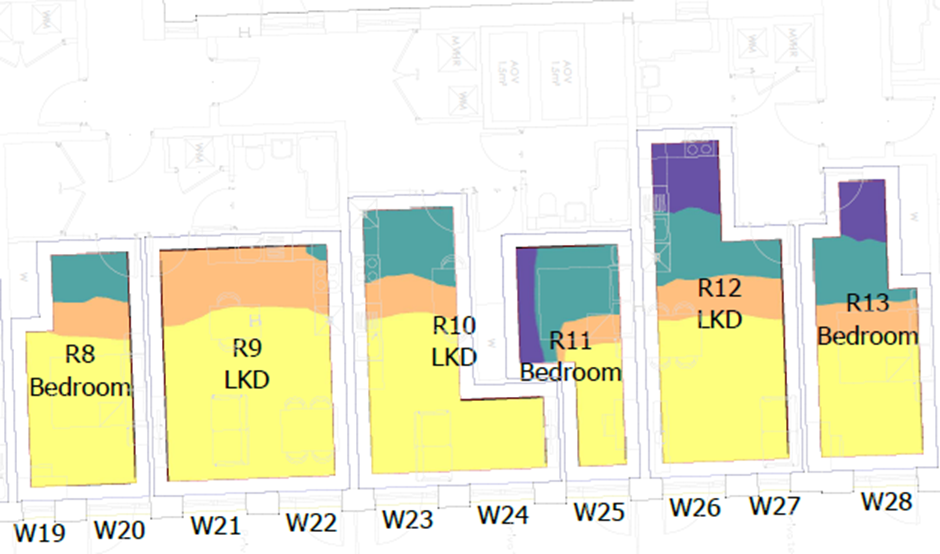It’s a new era for Office-to-Residential conversions in the UK, if we get the light right

In March 2021, the UK introduced legislation enabling commercial office buildings to become residential buildings, under Class MA permitted development rights.
Class MA permitted development rights aimed to repurpose under-utilised properties to help ease the housing shortage and provide commercial opportunities. Initial industry response was tempered due to certain restrictions, such as a three-month vacancy requirement and a conversion space cap. Now, significant amendments brought in on 5 March 2024 have removed these barriers and herald a new era for office-to-home transformations.
New opportunities for converting commercial buildings
The 2024 amendments have widened the scope for office residential conversion, removing previous limitations. Now developers can explore the potential of converting office spaces into residential units without waiting for leases to end or being constrained by size limitations. This legislative flexibility encourages property portfolio owners and developers to consider speculative conversions, significantly benefiting the housing market and urban development.
The Importance of Adequate Natural Light
A pivotal aspect of converting offices to residential units is ensuring “adequate natural light”. The term remains deliberately undefined in legislation, providing Local Planning Authorities (LPAs) the discretion to interpret it based on the specific context of each project.
While this approach allows for flexibility, it emphasizes the necessity for developers to adhere to guidelines ensuring homes are well-lit and comfortable. The Building Research Establishment (BRE) Guidelines and BS EN 17037 standards offer natural light parameters, and any successful office residential conversion projects must incorporate a thoughtful approach to providing daylight in living spaces.
Navigating Design Challenges
Turning an office into a cozy home isn’t as straightforward as it might seem, especially when it comes to making sure every room gets enough light. Offices often have lots of windows, but the deeper the building, the harder it is to get sunlight into every corner. This challenge requires some creative thinking in design – like arranging spaces so that living areas get the most light, and accounting for obstructions from neighbouring buildings which potentially only allow light to enter the building at a steep angle.
In spaces which only have a high Lux level at the front of the room (with poorer light levels to the rear), the recently revised BRE assessments present a hurdle. These guidelines now require minimum Lux levels be achieved to 50% of the room area, meaning a more uniform light level. The guidelines supersede the Average Daylight Factor (ADF) assessment metric, which had allowed developers to ‘average’ a concentrated pool of high daylight across the total room area, compensating for poor light levels to the rear. The updates allow for a better occupant experience, and will challenge design teams to meet those levels in many office conversions.

Examples of different room and window configurations in relation to daylight (lux) distribution
Simplified Prior Approval process
While some guidelines have created new challenges, the Prior Approval process for office residential conversion is a more streamlined one compared to traditional planning applications.
This eight-week process focusses on critical aspects like the provision of natural light, living space standards, and noise impact from any commercial occupiers on residents. This expedited approach should mean a quicker start to conversion projects, although developers must meticulously plan to meet these requirements.
Capitalising on repurposing office assets
For developers interested in office to residential conversion, the updated regulations present a valuable opportunity to contribute to urban redevelopment and meet housing demand. Professional expertise in daylight and sunlight planning is instrumental to navigate the complexities of conversion projects, ensuring that new homes are bright, welcoming, and compliant with the rules.
We have several projects advising on this matter, so we are well placed to provide wider advice on new potential developments going forward.
If you require a high-level feasibility review from a daylight perspective, please let us know and we would be happy to help.
Key Contact – Daylight and Sunlight, Right to light:
+44 7918 973822